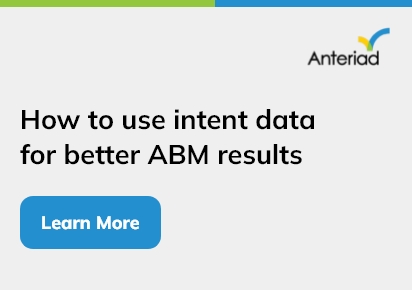The emergence of AI-driven chatbots has transformed several industries, including sales and customer support. These chatbots improve user experience by responding instantly and managing multiple client inquiries at once. Here’s a step-by-step tutorial on creating your own chatbot powered by AI.
Step 1: Specify the Goal and Area
It’s critical to establish your chatbot’s goal before you begin developing it. What issue would the chatbot help with, you ask?
• Who is the intended audience?
• What types of conversations is the chatbot going to manage?
Step 2: Select the Appropriate Platform
There are several tools that let you create chatbots without requiring a lot of coding experience. Among the well-known ones are:
Google’s Dialogflow: Provides integration with multiple platforms and the ability to understand simple sentences. A thorough framework for creating and implementing chatbots is provided by the Microsoft Bot Framework.
IBM Watson: Renowned for its potent analytics and AI capabilities.
Rasa: An open-source platform with more customization and control possibilities.
Step 3: Create the Flow of the Conversation
Creating a seamless and interesting user experience requires careful consideration of the conversation flow design. Utilize instruments such as:
Flowcharts: Showcase various conversation trajectories. If your chatbot is embedded into an app or website, provide an outline of the user interface using wireframes.
Step 4: Create the Engine for Natural Language Processing (NLP)
Your chatbot’s NLP engine is its brain. It determines the proper response by interpreting user input. Important elements consist of:
Determines the user’s intention (e.g., making a reservation for a flight, monitoring the status of an order).
Entity Recognition: Retrieves data, such as names, dates, and locations.
Step 5: Integrate with Data Sources and APIs
It’s possible that your chatbot will require access to external data sources or APIs to respond meaningfully. As an illustration:
CRM Systems: To obtain data about customers. To handle transactions, payment gateways are used.
Third-Party APIs: To obtain flight information, meteorological data, etc.
Step 6: Construct and Educate the Chatbot
Build the chatbot on the platform of your choice:
Establish Entities and Intents: Specify the responses and recognitions that the bot should have.
Create Conversations: Write down any potential exchanges.
Educate the Bot: To increase accuracy, give instances of user inputs and the appropriate answers.
Step7: Give the Chatbot a Try
To guarantee a seamless user experience, extensive testing is essential. Examine for:
Operationality: Does the bot function as it should?
Usability: Is there a natural flow to the conversation?
Cases on the Edge: How does the bot respond to unforeseen inputs?
Step 8: Expand and Improve
As your chatbot becomes more popular, think about incorporating additional features:
Machine Learning: Let the bot pick up tips from users and develop over time.
Voice Functionality: Easily connect to voice assistants such as Google Assistant or Alexa.
Multilingual Support: Increase your audience by providing multilingual support.



